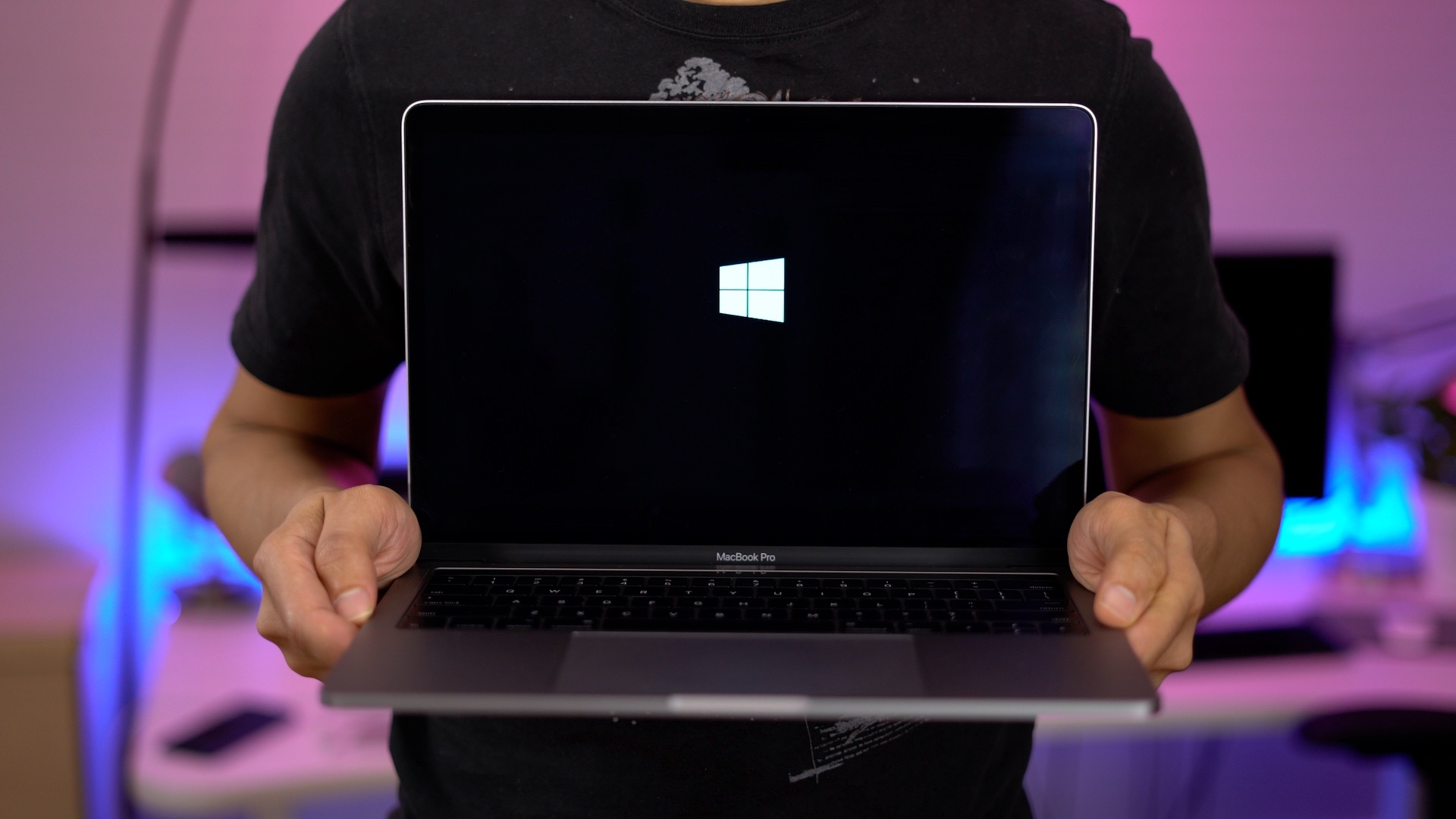

- #CREATE WINDOWS 10 BOOTABLE USB ON MAC OR WINDOWS FOR FREE#
- #CREATE WINDOWS 10 BOOTABLE USB ON MAC OR WINDOWS HOW TO#
- #CREATE WINDOWS 10 BOOTABLE USB ON MAC OR WINDOWS INSTALL#
- #CREATE WINDOWS 10 BOOTABLE USB ON MAC OR WINDOWS ISO#
Open Mac Spotlight using the ⌘ + space keyboard shortcut. Step 3: Use the diskutil command to identify which disk your USB drive is mounted on I'm going to tell you exactly which commands to enter. You can do this using MacOS Spotlight by pressing both the ⌘ and Space bar at the same time, then typing "terminal" and hitting enter.ĭon't be intimidated by the command line interface.

I bought a 32 gigabyte USB drive at Walmart for only $3, so this shouldn't be very expensive.
#CREATE WINDOWS 10 BOOTABLE USB ON MAC OR WINDOWS ISO#
The ISO file is only about 5 gigabytes, but I recommend you use a USB drive with at least 16 gigabytes of space just in case Windows needs more space during the installation process. Step 2: Insert your USB storage drive into your Mac I also have 16GB of RAM which is a lot more than 4GB, so I'll go for the 64-bit edition. To figure out whether your processor supports 64-bit architecture or not, head over to a website like WikiChip, and search for your processor model.Īs you can see in the screenshot above, my Rysupports 64-bit architecture. 32-bit operating systems have a 4GB RAM limit. If you have a processor that supports 64-bit architecture and you have more than 4GB of RAM, go with the 64-bit one.
#CREATE WINDOWS 10 BOOTABLE USB ON MAC OR WINDOWS HOW TO#
If you don't know how to decide between 64-bit and 32-bit, here's what you should do. Both links are valid for 24 hours and the page will also show when they expire. Once you've confirmed your language, you'll get two download links, one for the 64-bit edition, and the other one for the 32-bit edition. Pick the one you want and hit the Confirm button. Once you've confirmed your edition, you'll get another drop-down that lets you pick a language. Select your desired edition from that drop-down and hit Confirm.Īt this time, Windows 10 (multi-edition ISO) was the only one available. If you visit the same link from a non-Windows device, such as a Mac or a Linux device or any smartphone, you'll land on the official ISO download page:

If you visit the link using a Windows device, you'll be redirected to the Windows Media Creation Tool like this:

#CREATE WINDOWS 10 BOOTABLE USB ON MAC OR WINDOWS FOR FREE#
You can download Windows 10 directly from Microsoft for free using this link. That's right - everything we're going to do here is 100% legal and sanctioned by Microsoft. You can download the ISO file straight from Microsoft. In this tutorial we'll show you how you can set this up from a Mac.
#CREATE WINDOWS 10 BOOTABLE USB ON MAC OR WINDOWS INSTALL#
Luckily, Microsoft makes a tool that you can use to install Windows from a USB storage drive (or "thumbdrive" as they are often called).īut what if you don't have a second PC for setting up that USB storage drive in the first place? So it can be a pain to install Windows on a new computer. Have you tried creating a Windows 10 installer USB drive from a Mac before? Did you encounter any issues? Let us know your experience in the comments.Most new PCs don't come with DVD drives anymore. You can use it to configure new Windows 10 PCs from scratch. That's it! You now have a bootable USB drive with the Windows 10 installer. Click Quit to close the app and then Eject the USB drive. When Boot Camp Assistant is done, the USB drive will be renamed to WININSTALL. It can take about 20 minutes to format and set up the USB installer on the Mac. Make sure the destination disk is the USB thumb drive you've inserted.Ĭlick Continue. Click the "Choose…" button and locate the ISO file. Check the box for "Create a Windows 7 or later version install disk" and deselect "Install Windows 7 or later version."īoot Camp Assistant will automatically locate the ISO file from your downloads folder, but make sure it is the right file.The easiest way to launch it is through Spotlight Search, which you can bring up by pressing Command and Spacebar. All the files in the drive will be deleted, so make sure there are no important documents inside. Check if the number next to Capacity is at least 8GB. You can also check by right-clicking the USB drive on your desktop and clicking Get Info. Make sure it's at least 8GB, which is usually marked on the USB stick. Download Windows 10 ISO Create USB installer with Boot Camp AssistantĪfter downloading the ISO file, you'll need to use Boot Camp Assistant to move it to a bootable USB drive.


 0 kommentar(er)
0 kommentar(er)
